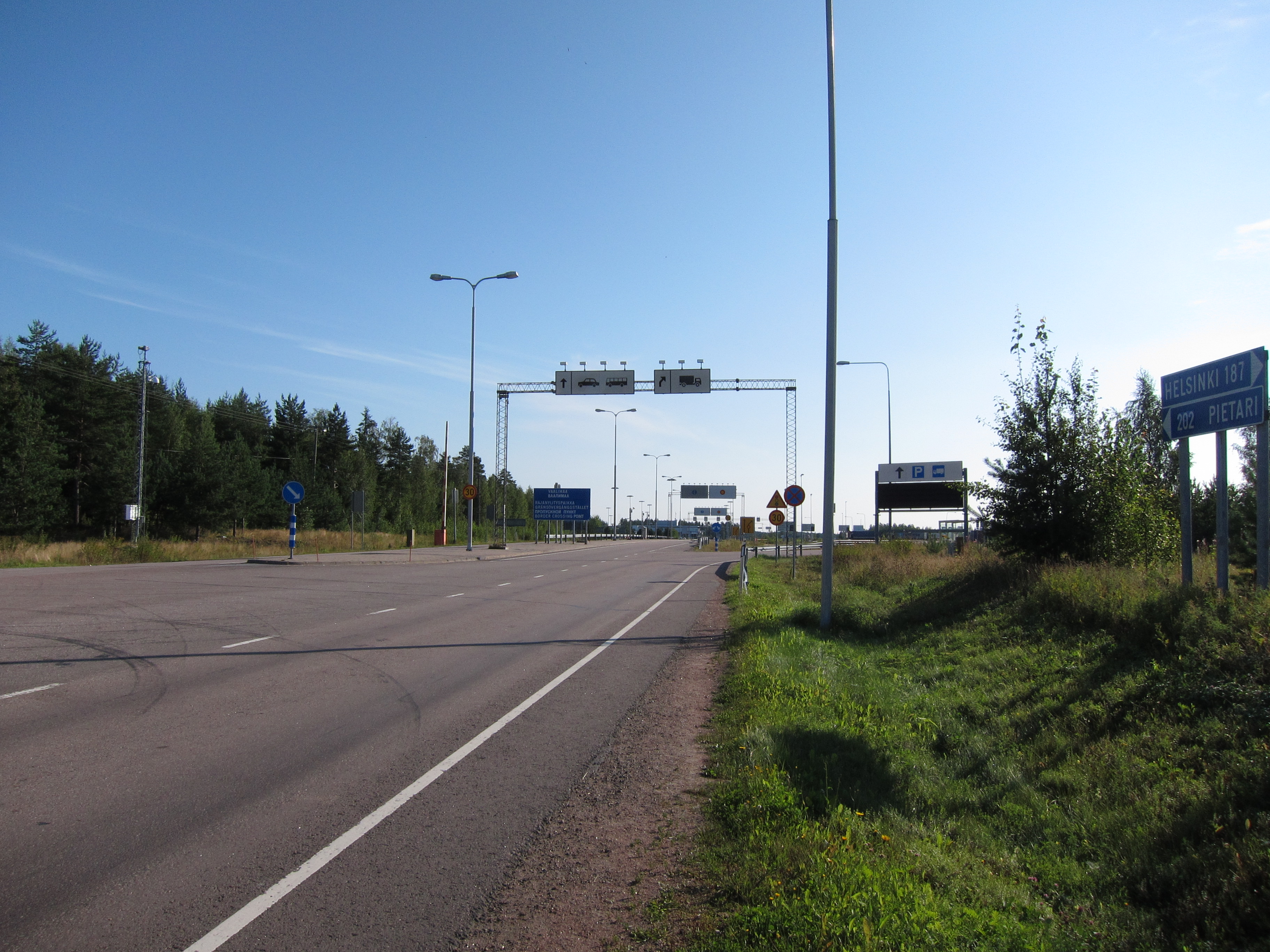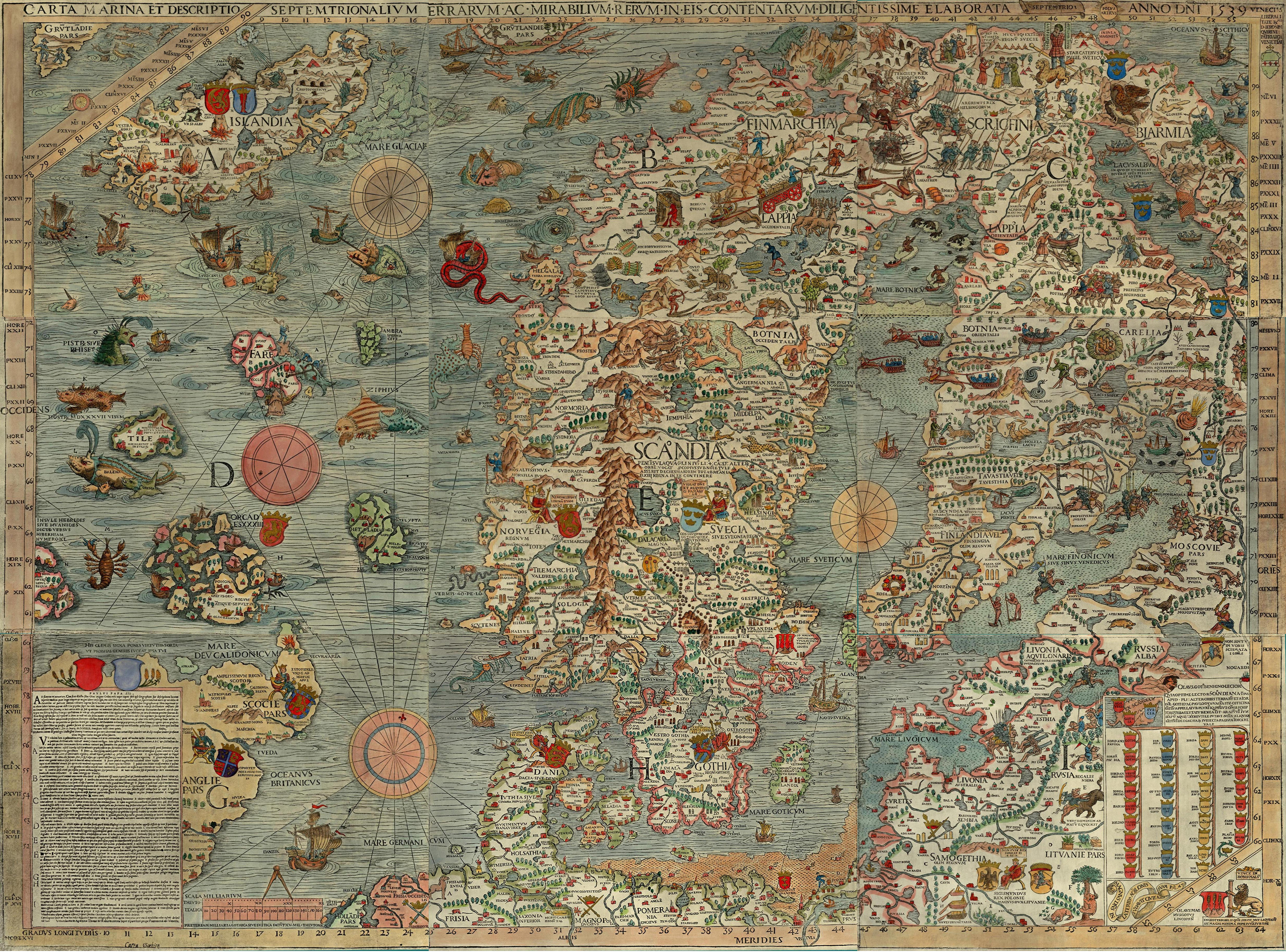|
South Karelian Dialects
South Karelian dialects, Karelian dialects or Southeast Finnish dialects ( fi, Kaakkoismurteet) are Eastern Finnish dialects spoken in South Karelia, along with eastern parts of Kymenlaakso (Virolahti and Miehikkälä Miehikkälä is a municipality of Finland. It is located in the province of Southern Finland and is part of the Kymenlaakso region. The municipality has a population of (), which make it the smallest municipality in Kymenlaakso in terms of popu ...). Prior to the Winter War, the dialects were spoken along the Karelian Isthmus and Ingria. However, the South Karelian dialect speakers from the parts of Karelia taken by the Soviet Union were evacuated into the rest of Finland where their speech was assimilated into the new environment. Use of the Ingrian dialects is declining. South Karelian dialects have been influenced by Russian. Features Standard Finnish /d/: → - * ''lehen'' * Standard Finnish: ''lehden'' 'leave's' (genitive singular of ''lehti'') Standar ... [...More Info...] [...Related Items...] OR: [Wikipedia] [Google] [Baidu] |
Finnish Language
Finnish (endonym: or ) is a Uralic language of the Finnic branch, spoken by the majority of the population in Finland and by ethnic Finns outside of Finland. Finnish is one of the two official languages of Finland (the other being Swedish). In Sweden, both Finnish and Meänkieli (which has significant mutual intelligibility with Finnish) are official minority languages. The Kven language, which like Meänkieli is mutually intelligible with Finnish, is spoken in the Norwegian county Troms og Finnmark by a minority group of Finnish descent. Finnish is typologically agglutinative and uses almost exclusively suffixal affixation. Nouns, adjectives, pronouns, numerals and verbs are inflected depending on their role in the sentence. Sentences are normally formed with subject–verb–object word order, although the extensive use of inflection allows them to be ordered differently. Word order variations are often reserved for differences in information structure. ... [...More Info...] [...Related Items...] OR: [Wikipedia] [Google] [Baidu] |
South Karelia
South Karelia ( fi, Etelä-Karjala; sv, Södra Karelen) is a region of Finland. It borders the regions of Kymenlaakso, South Savo and North Karelia, as well as Russia (Republic of Karelia and Leningrad Oblast). Historical province ''For history, geography and culture see: Finnish Karelia'' Regional Council The Regional Council of South Karelia is a joint municipal authority of nine member municipalities. The council operates as the authority for regional development and unit for regional planning and looks after regional interests and to promote economic development and cultural well-being in South Karelia. The council has statutory responsibility for regional development and planning. The EU's regional Objective Programmes for South Karelia have partly been prepared in the council as it also implements and coordinates various projects. The council is also represented in several international organisations, such as AEBR. Municipalities The region of South Karelia is m ... [...More Info...] [...Related Items...] OR: [Wikipedia] [Google] [Baidu] |
Kymenlaakso
Kymenlaakso ( sv, Kymmenedalen; " Kymi/Kymmene Valley") is a region in Finland. It borders the regions of Uusimaa, Päijät-Häme, South Savo and South Karelia and Russia (Leningrad Oblast). Its name means literally ''The Valley of River Kymi''. Kymijoki is one of the biggest rivers in Finland with a drainage basin with 11% of the area of Finland. The city of Kotka with 51,000 inhabitants is located at the delta of River Kymi and has the most important import harbour in Finland. Other cities are Kouvola further in the inland which has after a municipal merger 81,000 inhabitants and the old bastion town Hamina. Kymenlaakso was one of the first industrialized regions of Finland. It became the most important region for paper and pulp industry in Finland. Since the late 1900s many plants have closed, which has caused some deindustrialization, unemployment and population decline in Kymenlaakso, especially in those communes that were built around plants such as Myllykoski in Kouvo ... [...More Info...] [...Related Items...] OR: [Wikipedia] [Google] [Baidu] |
Virolahti
Virolahti (; sv, Vederlax) is the southeasternmost municipality of Finland on the border of Russia. It is located in the Kymenlaakso region. The municipality has a population of () and covers an area of , of which is water. The population density is . The municipality is unilingually Finnish. The Vaalimaa border crossing, which connects the municipality with Russia, is located in Virolahti. History Virolahti is named after Estonians from Virumaa who traded around the nearby bay, which is also called ''Virolahti''. The first mention of Virolahti dates to 1336. It is mentioned as an independent parish in 1370. A small part of Virolahti was ceded by Sweden to Russia in the Treaty of Uusikaupunki in 1721. The border was located slightly further west than the modern Finnish-Russian border. In the treaty of Turku of 1743, the rest of Virolahti was ceded to Russia. The northern part of Virolahti became the Miehikkälä parish in 1863. Before World War I the Russian Emperor Nichol ... [...More Info...] [...Related Items...] OR: [Wikipedia] [Google] [Baidu] |
Miehikkälä
Miehikkälä is a municipality of Finland. It is located in the province of Southern Finland and is part of the Kymenlaakso region. The municipality has a population of (), which make it the smallest municipality in Kymenlaakso in terms of population. It covers an area of of which is water. The population density is . Neighbouring municipalities are Hamina, Kouvola, Lappeenranta, Luumäki and Virolahti. It is from Miehikkälä to Kotka and to Lappeenranta. The municipality is unilingually Finnish. According to Traficom, Miehikkälä is the fourth most motorized municipality in Finland with 629 cars per thousand inhabitants. The coat of arms of the municipality representing the letter M (which refers to Miehikkälä's name) was designed by Tapio Vallioja in 1956. (in Finnish) Nota ...
|
Winter War
The Winter War,, sv, Vinterkriget, rus, Зи́мняя война́, r=Zimnyaya voyna. The names Soviet–Finnish War 1939–1940 (russian: link=no, Сове́тско-финская война́ 1939–1940) and Soviet–Finland War 1939–1940 (russian: link=no, Сове́тско-финляндская война́ 1939–1940) are often used in Russian historiographybr>В.Н. Барышников. От прохладного мира к Зимней войне. Восточная политика Финляндии в 1930–е годы. Санкт-Петербург, 1997.; О.Д. Дудорова. Неизвестные страницы Зимней войны. In: Военно-исторический журнал. 1991. №9.; Зимняя война 1939–1940. Книга первая. Политическая история. М., 1998. – ; ttp://www.otvaga2004.narod.ru/photo/winterwar/wwar1.htm М. Коломиец. Танки в Зимней войне 19 ... [...More Info...] [...Related Items...] OR: [Wikipedia] [Google] [Baidu] |
Karelian Isthmus
The Karelian Isthmus (russian: Карельский перешеек, Karelsky peresheyek; fi, Karjalankannas; sv, Karelska näset) is the approximately stretch of land, situated between the Gulf of Finland and Lake Ladoga in northwestern Russia, to the north of the River Neva. Its northwestern boundary is a line from the Bay of Vyborg to the westernmost point of Lake Ladoga, Pekonlahti. If the Karelian Isthmus is defined as the entire territory of present-day Saint Petersburg and Leningrad Oblast to the north of the Neva and also a tiny part of the Republic of Karelia, the area of the isthmus is about . The smaller part of the isthmus to the southeast of the old Russia-Finland border is considered historically as Northern Ingria, rather than part of the Karelian Isthmus itself. The rest of the isthmus was historically a part of Finnish Karelia. This was conquered by the Russian Empire during the Great Northern War in 1712 and included within the autonomous Grand Duchy of ... [...More Info...] [...Related Items...] OR: [Wikipedia] [Google] [Baidu] |
Ingria
Ingria is a historical region in what is now northwestern European Russia. It lies along the southeastern shore of the Gulf of Finland, bordered by Lake Ladoga on the Karelian Isthmus in the north and by the River Narva on the border with Estonia in the west. The earliest known indigenous European peoples of the region are the now mostly Eastern Orthodox Izhorians and Votians, as well as the Ingrian Finns who descend from the Lutheran Finnish immigrants who settled in the area in the 17th century, when Finland proper and Ingria were both parts of the Swedish Empire. Ingria as a whole never formed a separate state, however North Ingria was an independent state for just under two years in 1919–1920. The Ingrians, understood as the inhabitants of Ingria regardless of ethnicity, can hardly be said to have been a nation, although the Soviet Union recognized their "nationality"; as an ethnic group, the Ingrians proper, Izhorians, are close to extinction together with ... [...More Info...] [...Related Items...] OR: [Wikipedia] [Google] [Baidu] |
Soviet Union
The Soviet Union,. officially the Union of Soviet Socialist Republics. (USSR),. was a List of former transcontinental countries#Since 1700, transcontinental country that spanned much of Eurasia from 1922 to 1991. A flagship communist state, it was nominally a Federation, federal union of Republics of the Soviet Union, fifteen national republics; in practice, both Government of the Soviet Union, its government and Economy of the Soviet Union, its economy were highly Soviet-type economic planning, centralized until its final years. It was a one-party state governed by the Communist Party of the Soviet Union, with the city of Moscow serving as its capital as well as that of its largest and most populous republic: the Russian Soviet Federative Socialist Republic, Russian SFSR. Other major cities included Saint Petersburg, Leningrad (Russian SFSR), Kyiv, Kiev (Ukrainian Soviet Socialist Republic, Ukrainian SSR), Minsk (Byelorussian Soviet Socialist Republic, Byelorussian SSR), Tas ... [...More Info...] [...Related Items...] OR: [Wikipedia] [Google] [Baidu] |
Ingrian Dialects
Ingrian dialects ( fi, Inkerin suomalaismurteet) are the Finnish dialects spoken by Ingrian Finns around Ingria in Russia. Today, the Ingrian dialects are still spoken in Russia, Finland and Sweden. In 2010 there were only 20 300 Ingrian Finns left in Russia. The Ingrian dialects are gradually dying out, as primarily elderly people speak them anymore, and unlike Standard Finnish, the dialects are not taught in schools. History After Sweden annexed ingria in 1617, many people moved to Ingria from Finland. After Russia annexed it again in around 1700, many Russians moved in. However the Finnish language stayed because of the Lutheran church, the difference of religion made mixed marriages rare. In 1900 the situation changed a lot. At first, minority languages were supported; however, around 1930 Finnish was banned and the Ingrian Finns were deported ( Deportation of the Ingrian Finns, Genocide of the Ingrian Finns). Because of this, language communities broke and Russian influenc ... [...More Info...] [...Related Items...] OR: [Wikipedia] [Google] [Baidu] |
Syntactic Gemination
Syntactic gemination, or syntactic doubling, is an external sandhi phenomenon in Italian, other Romance languages spoken in Italy, and Finnish. It consists in the lengthening (gemination) of the initial consonant in certain contexts. It may also be called word-initial gemination or phonosyntactic consonantal gemination. In Italian it is called ''raddoppiamento sintattico (RS), raddoppiamento fonosintattico (RF), raddoppiamento iniziale,'' or ''rafforzamento iniziale (della consonante).'' Italian "Syntactic" means that gemination spans word boundaries, as opposed to word-internal geminate consonants as in "cat" or "year". In Standard Italian, syntactic doubling occurs after the following words (with exceptions described below): *all stressed ("strong") monosyllables (''monosillabi forti'') and some unstressed ("weak") monosyllables (''monosillabi deboli''): ''a'', ''blu'', ''che'', ''ché'', ''chi'', ''ciò'', ''da'', ''dà'', ''dì'', ''do'', ''e'', ''è'', ''fa'', ''fra'', ... [...More Info...] [...Related Items...] OR: [Wikipedia] [Google] [Baidu] |





